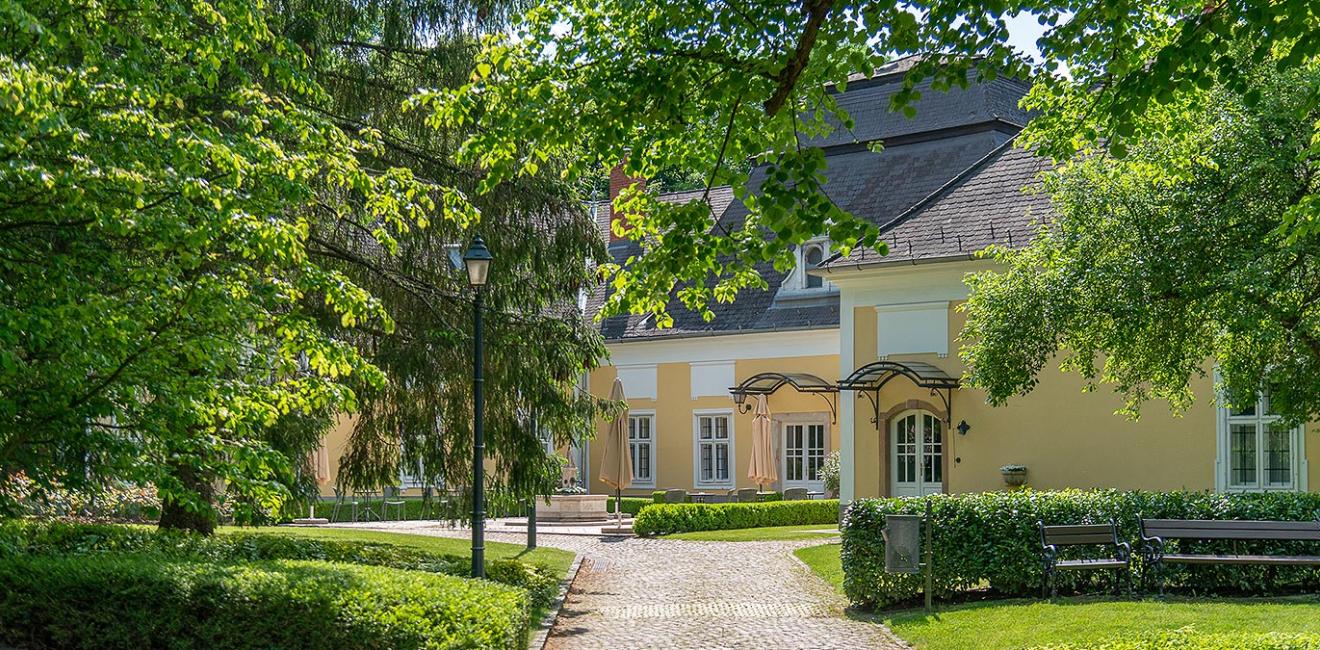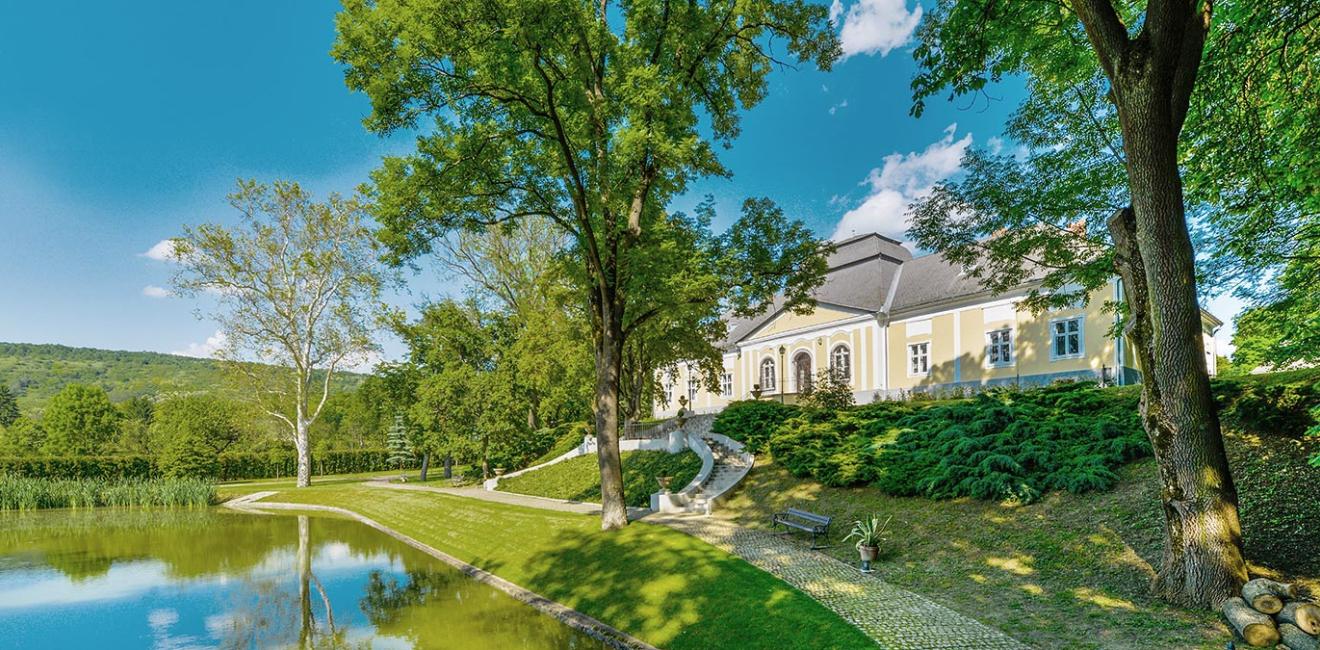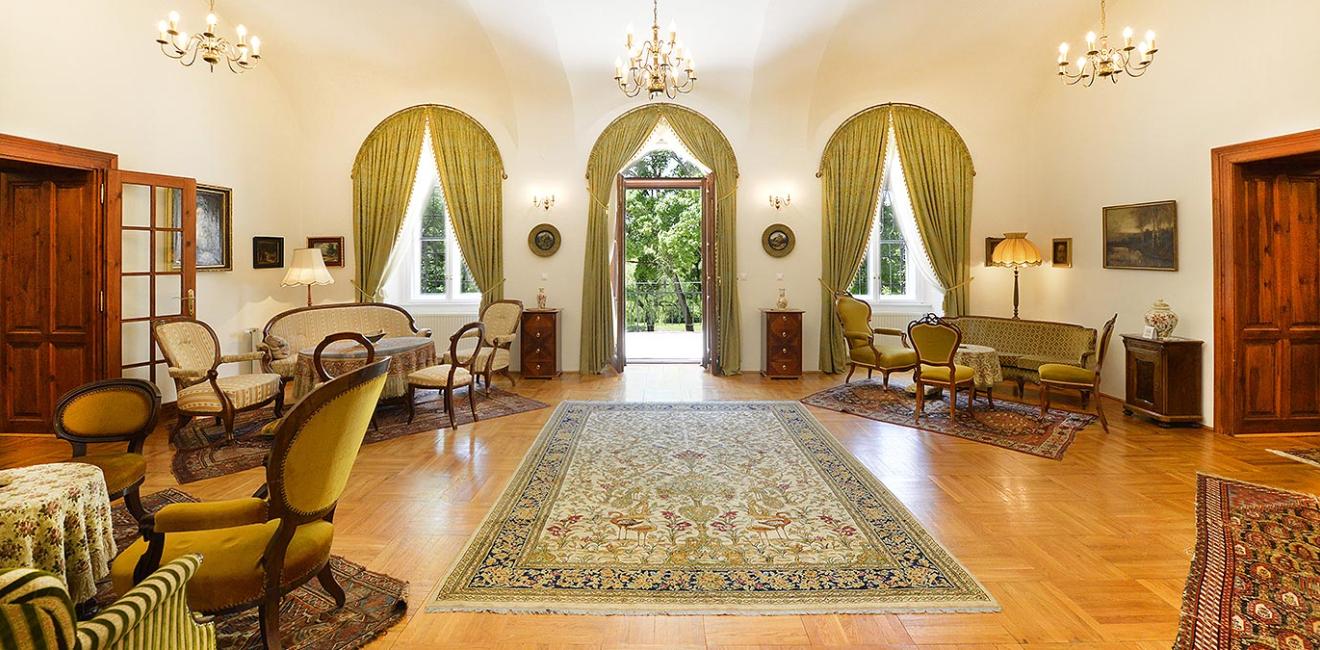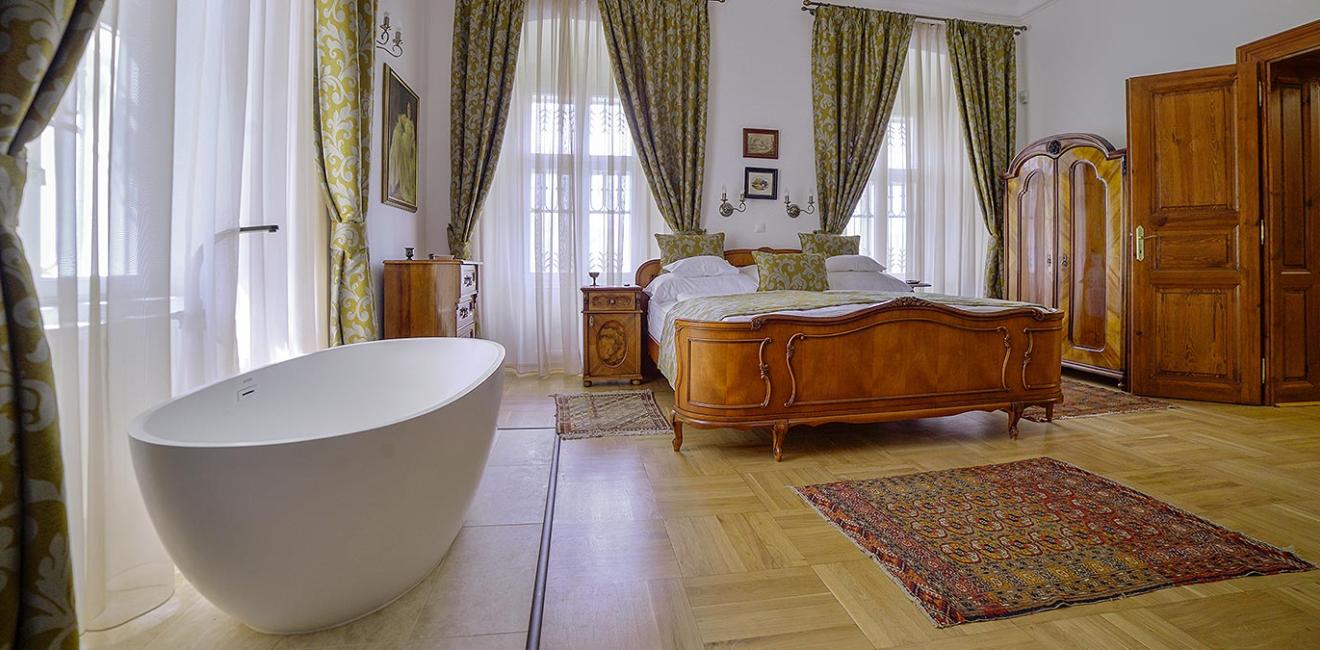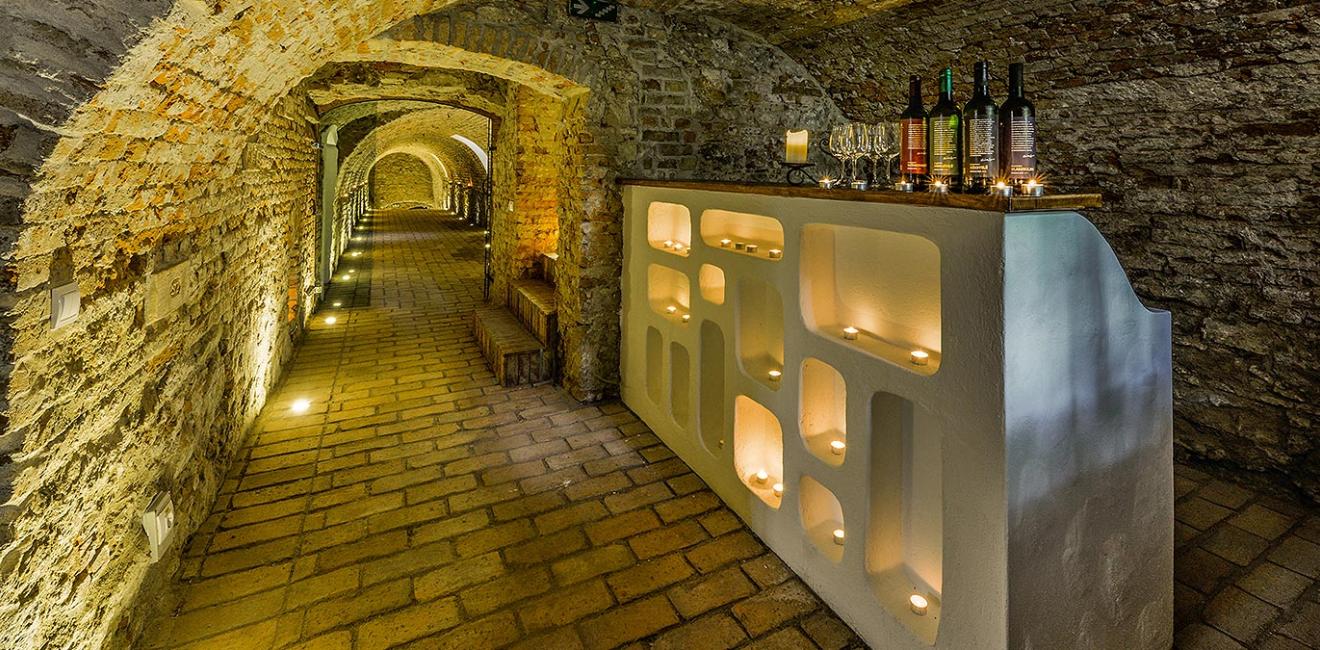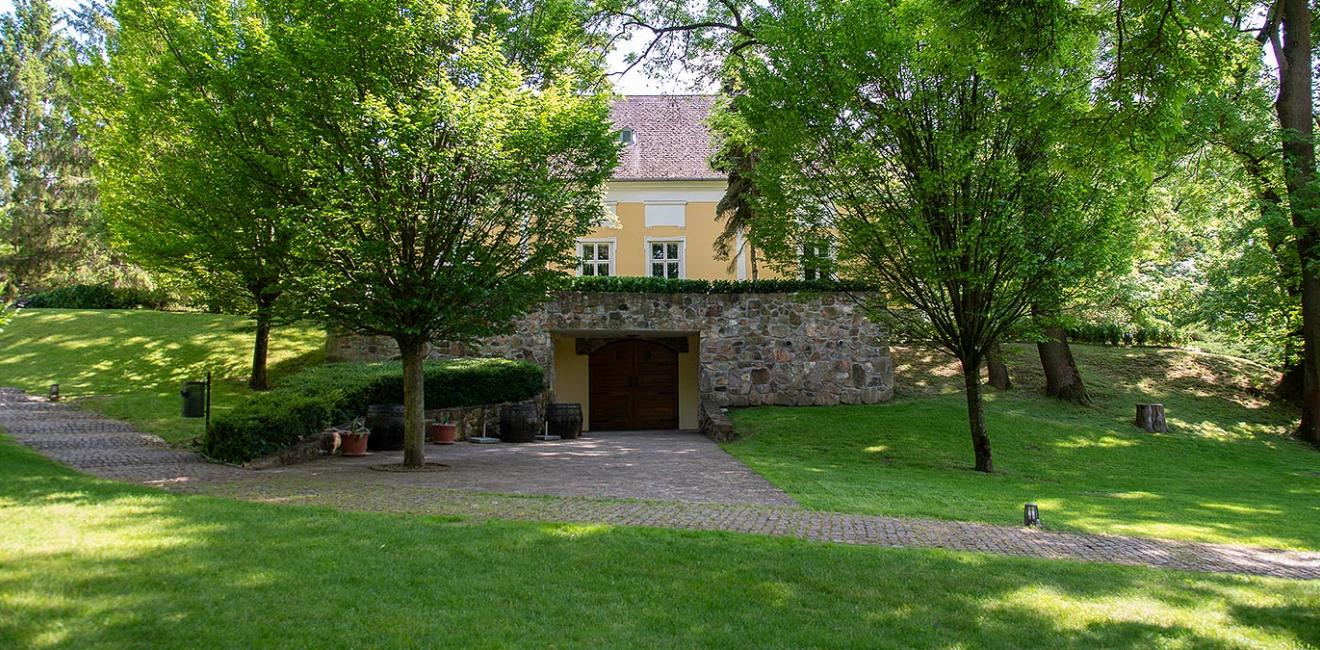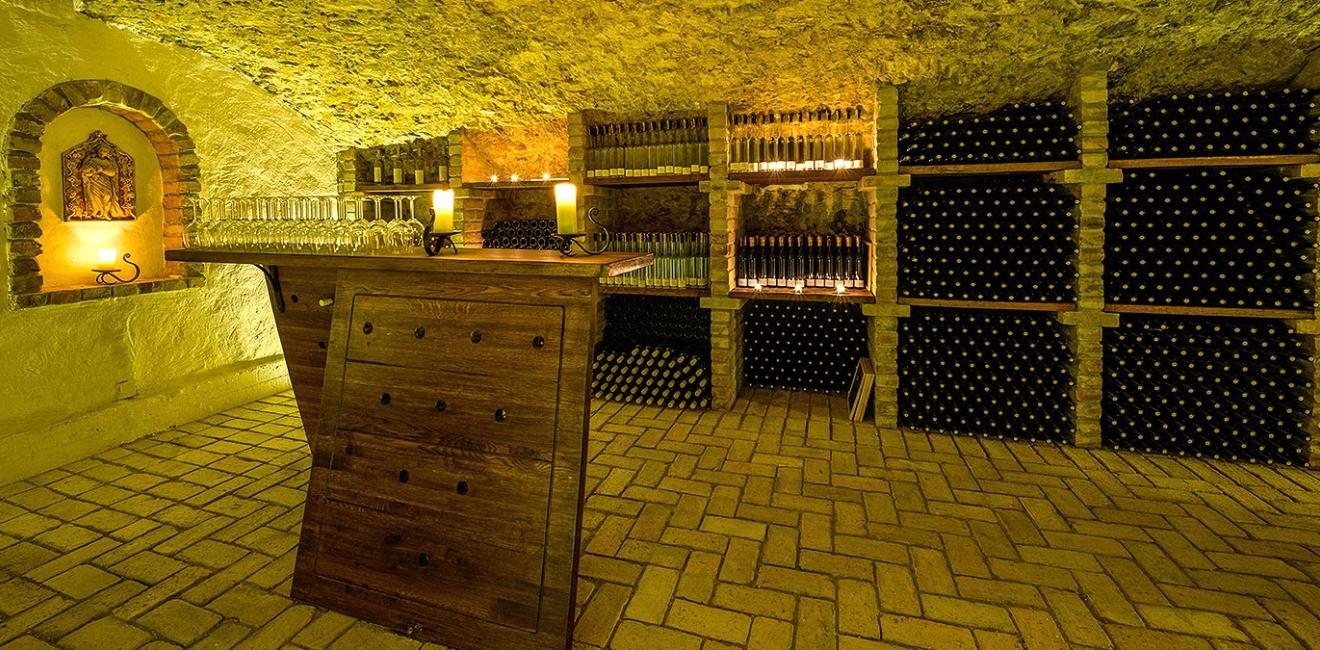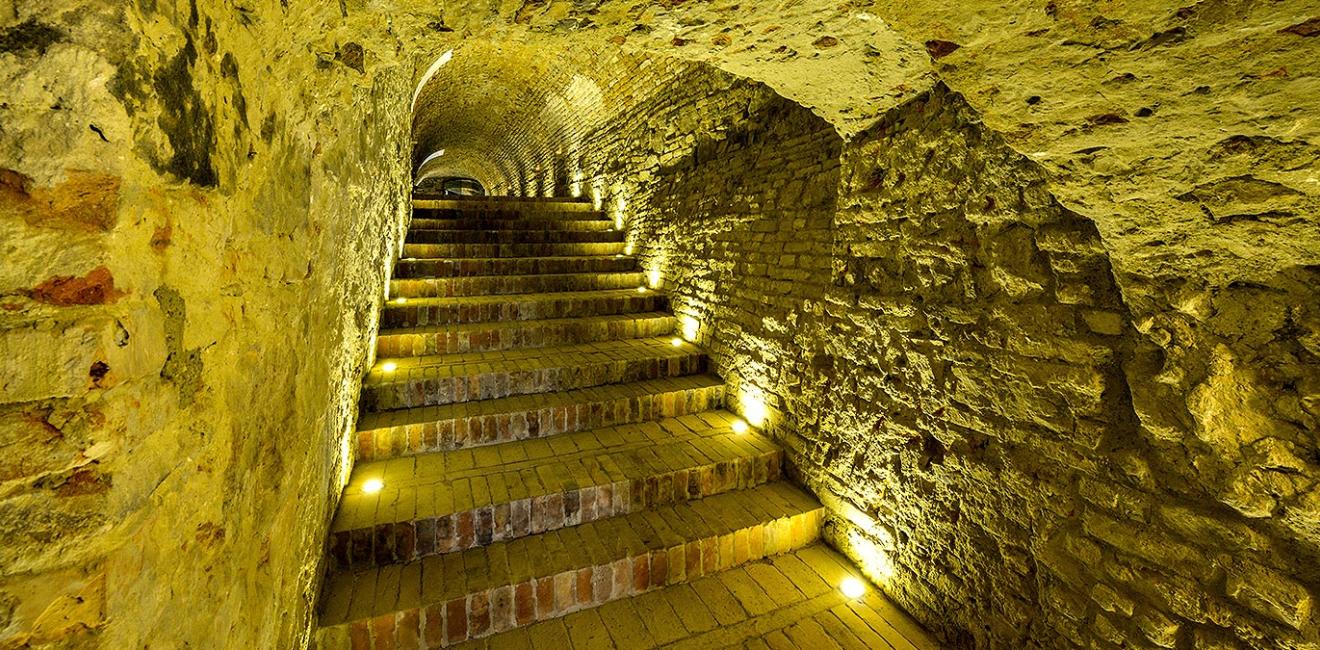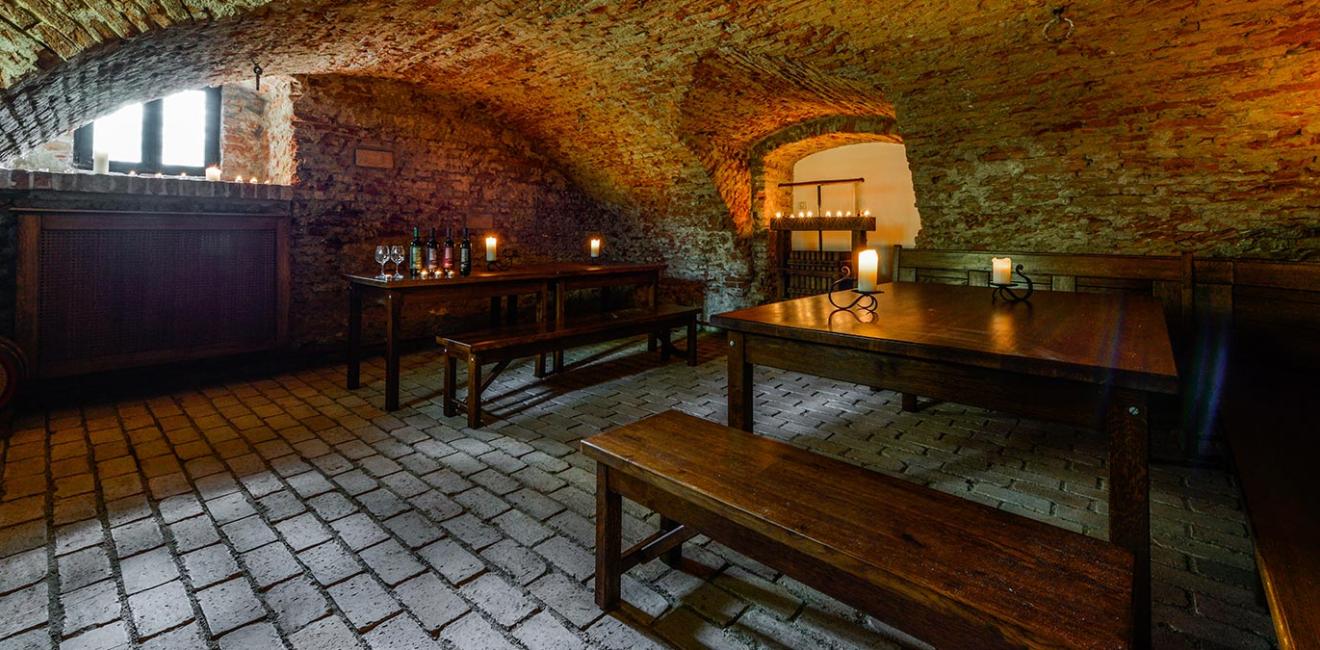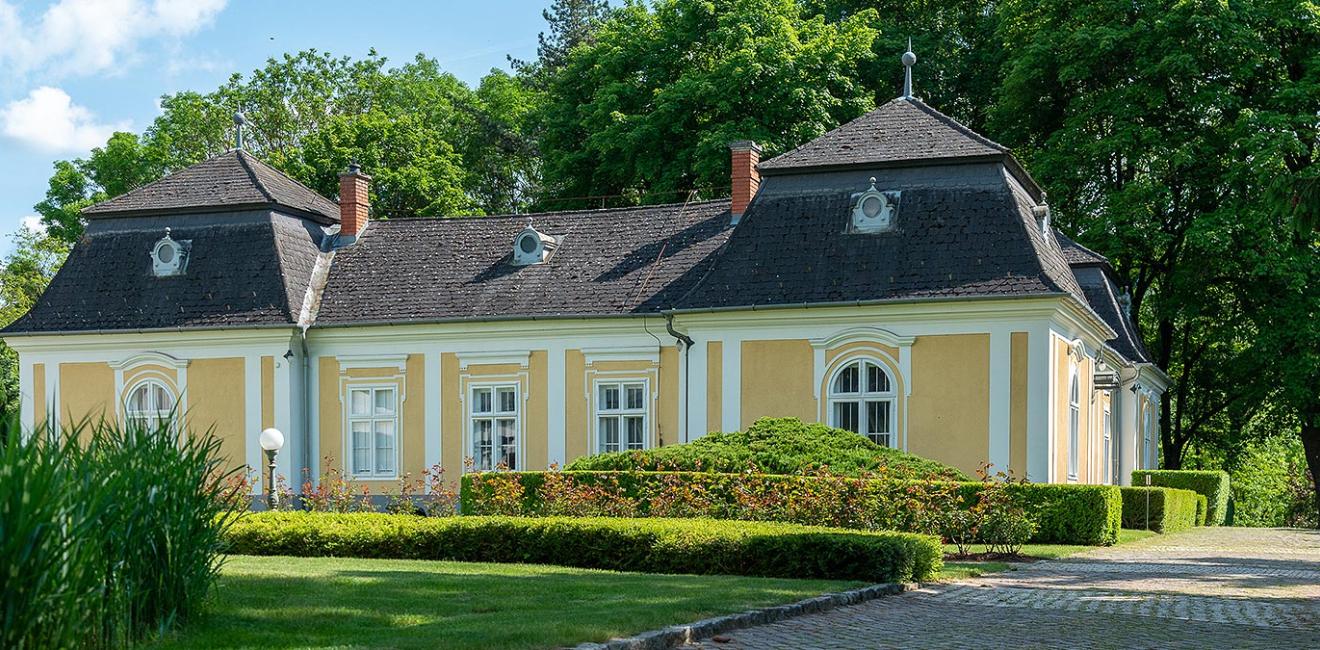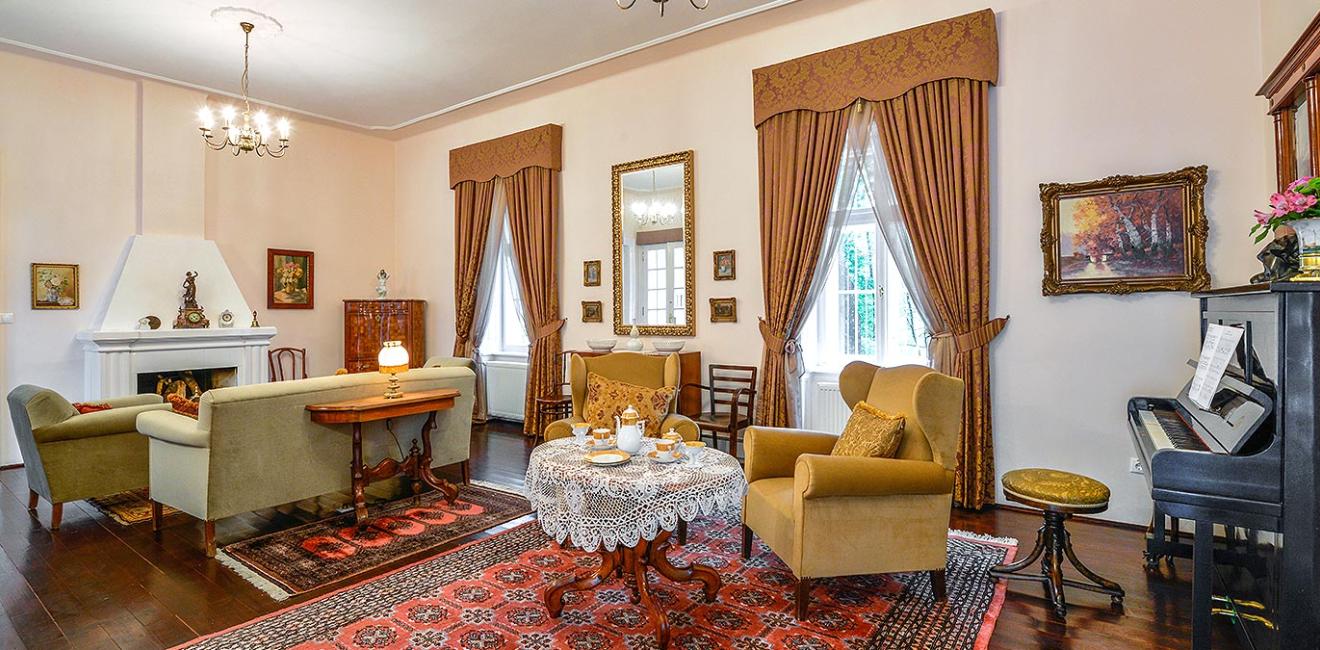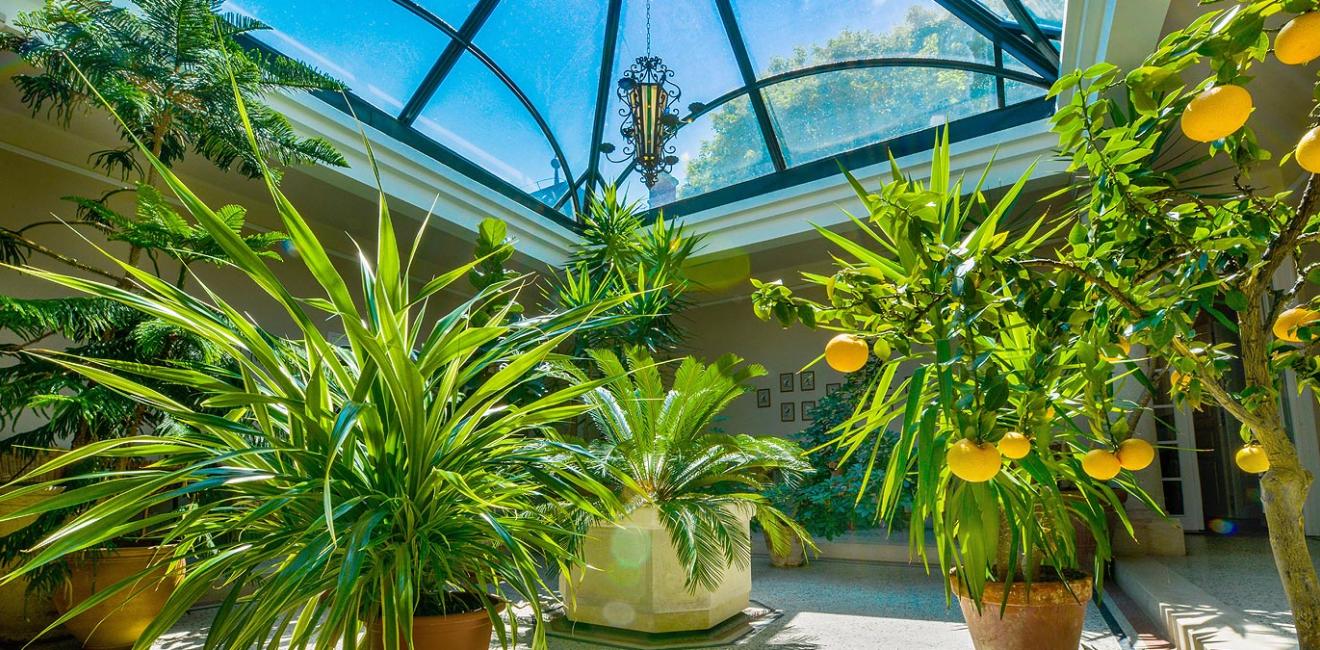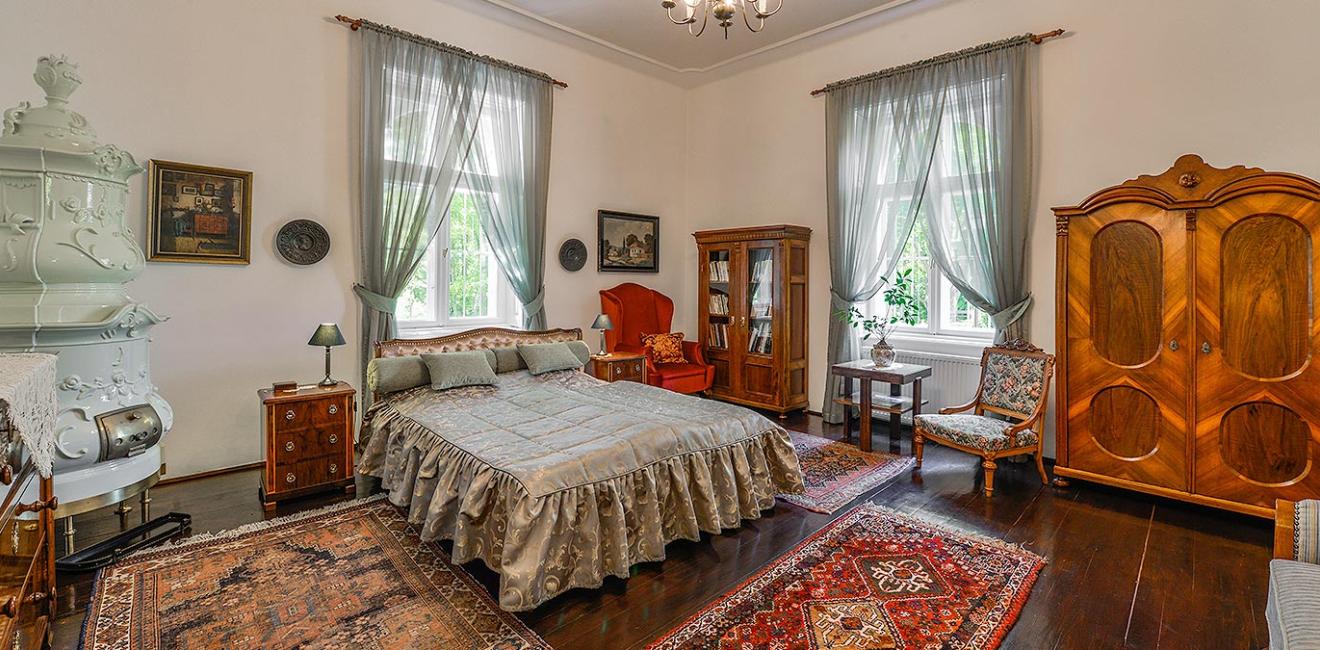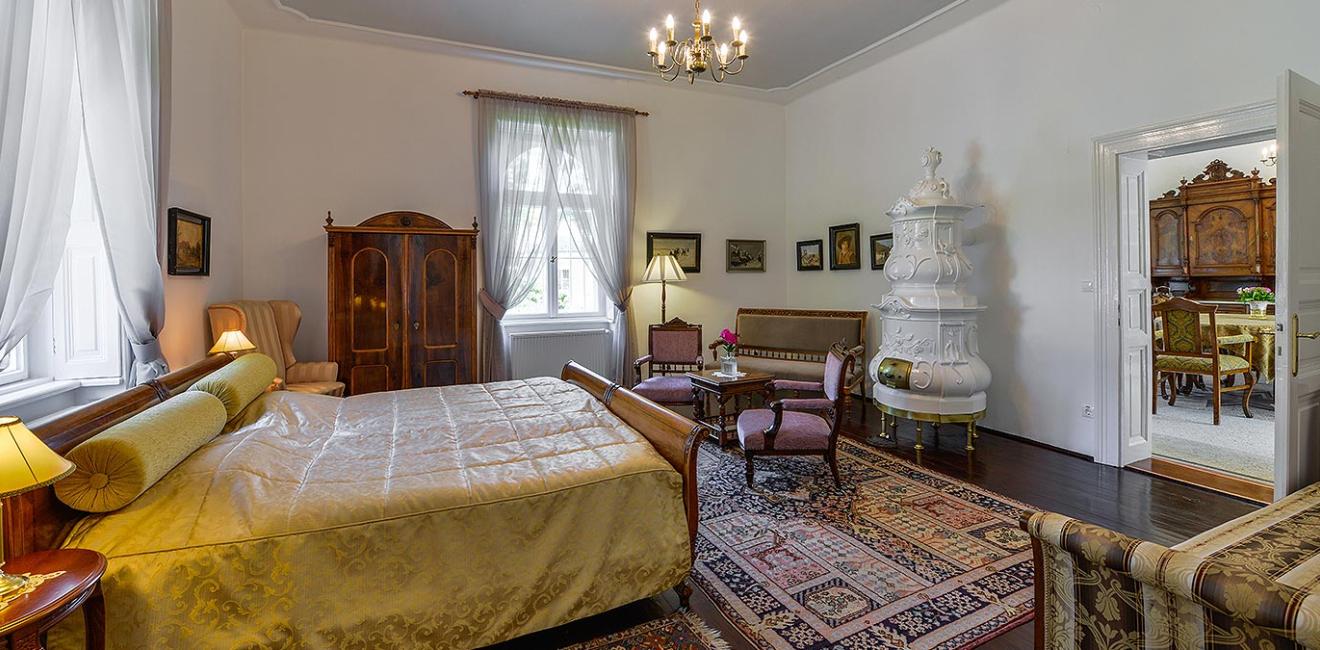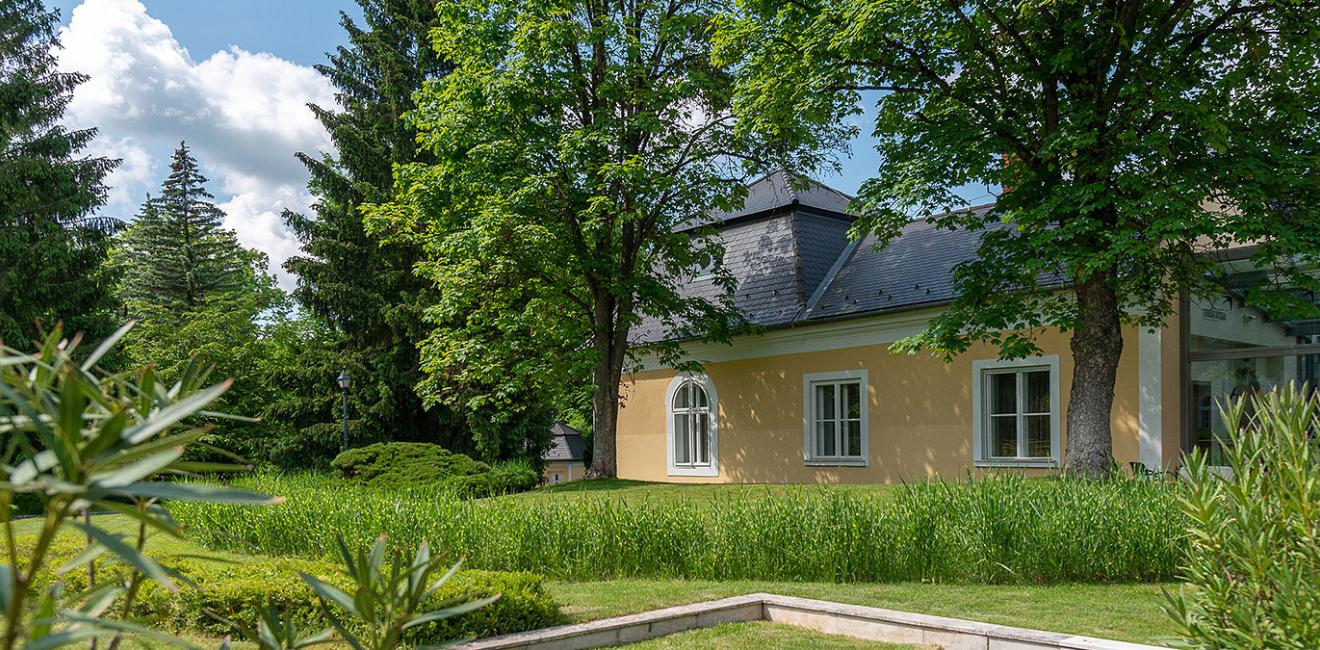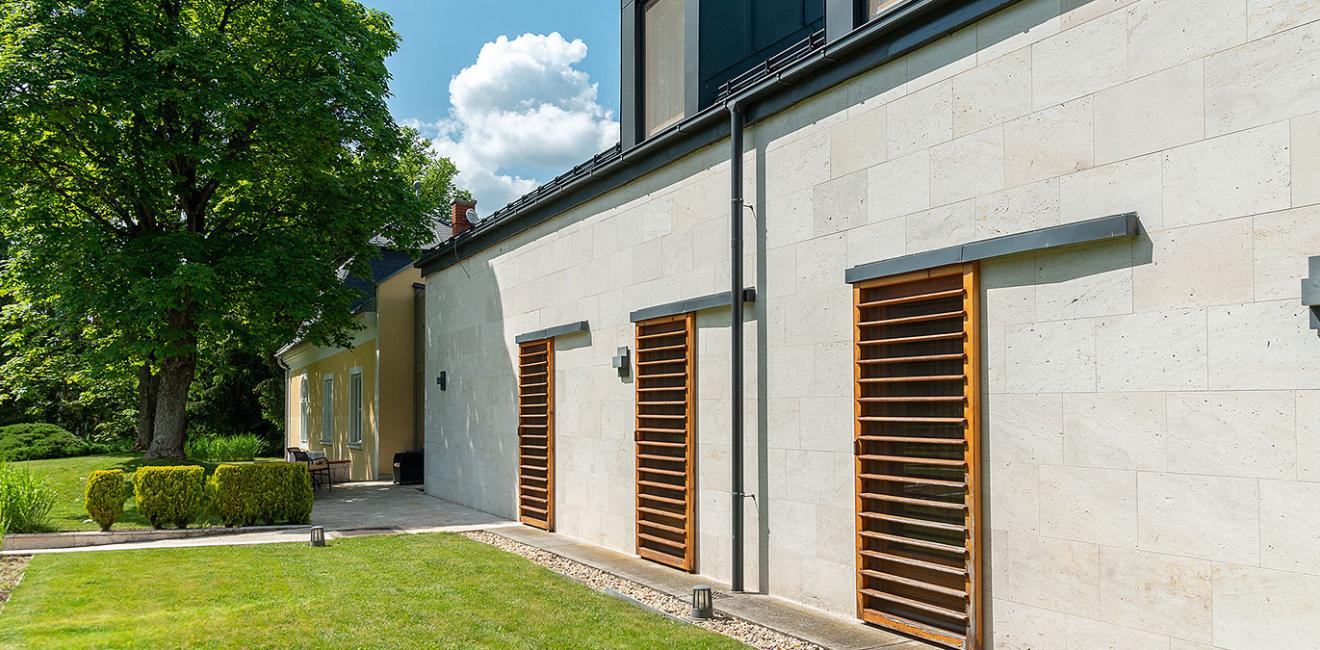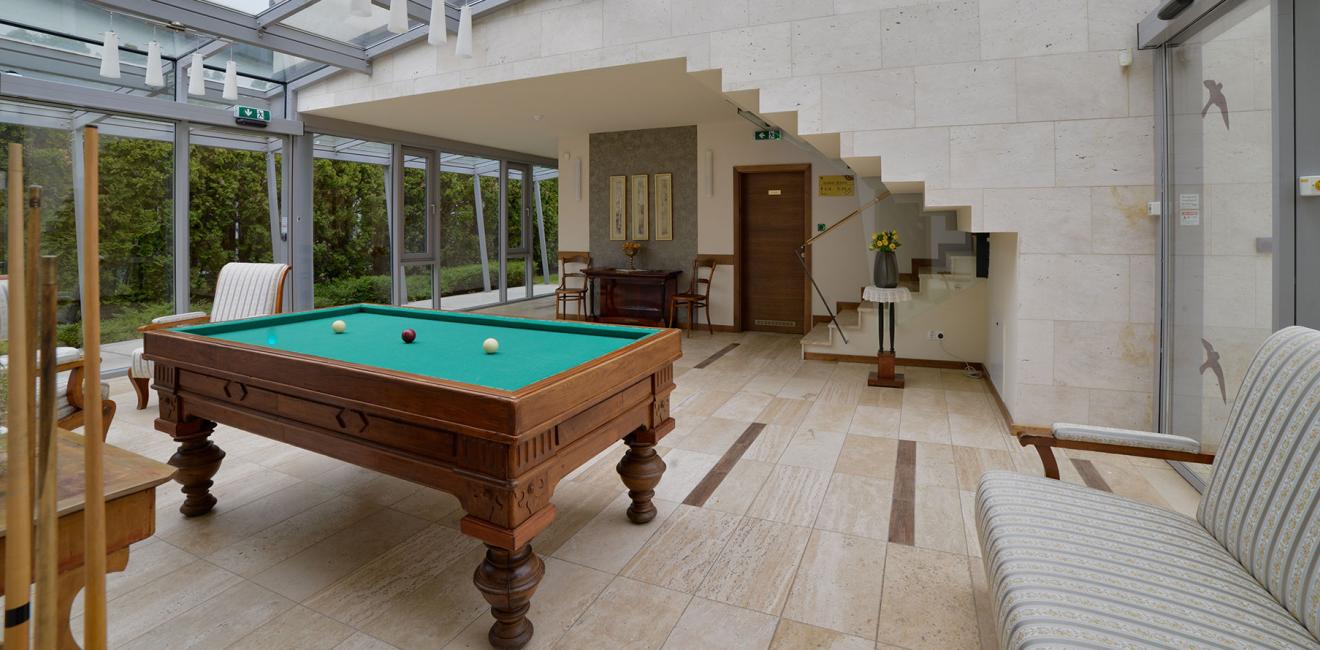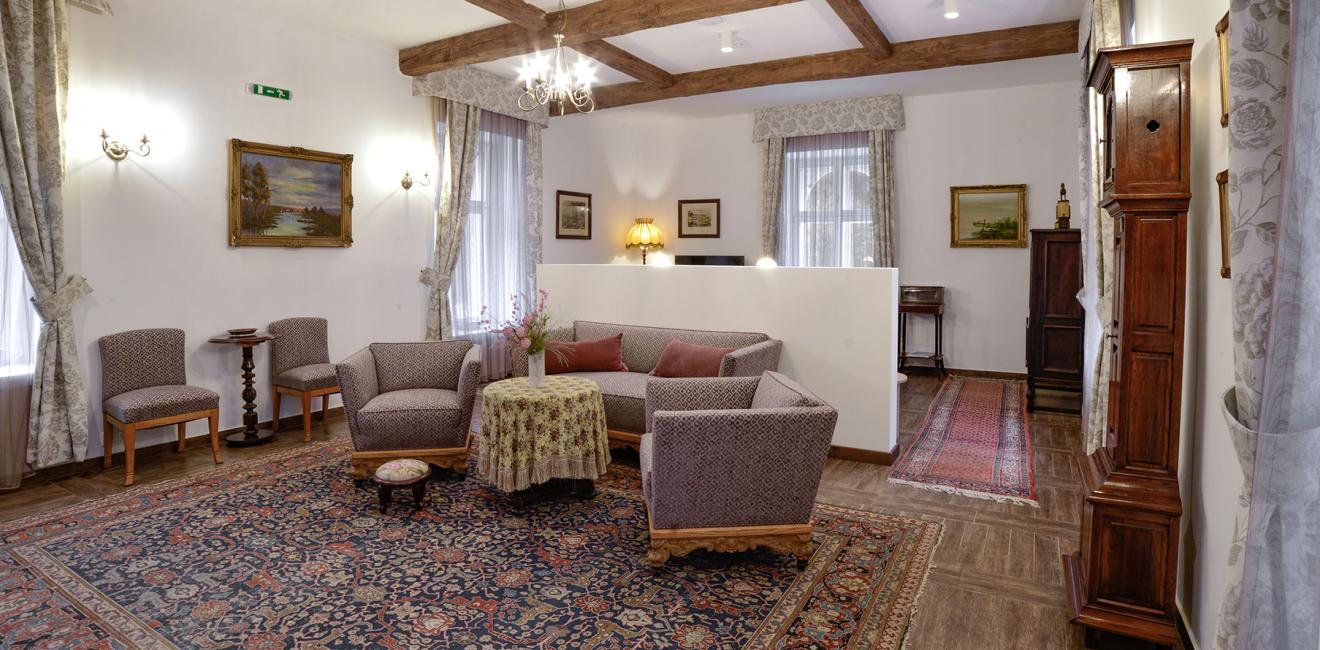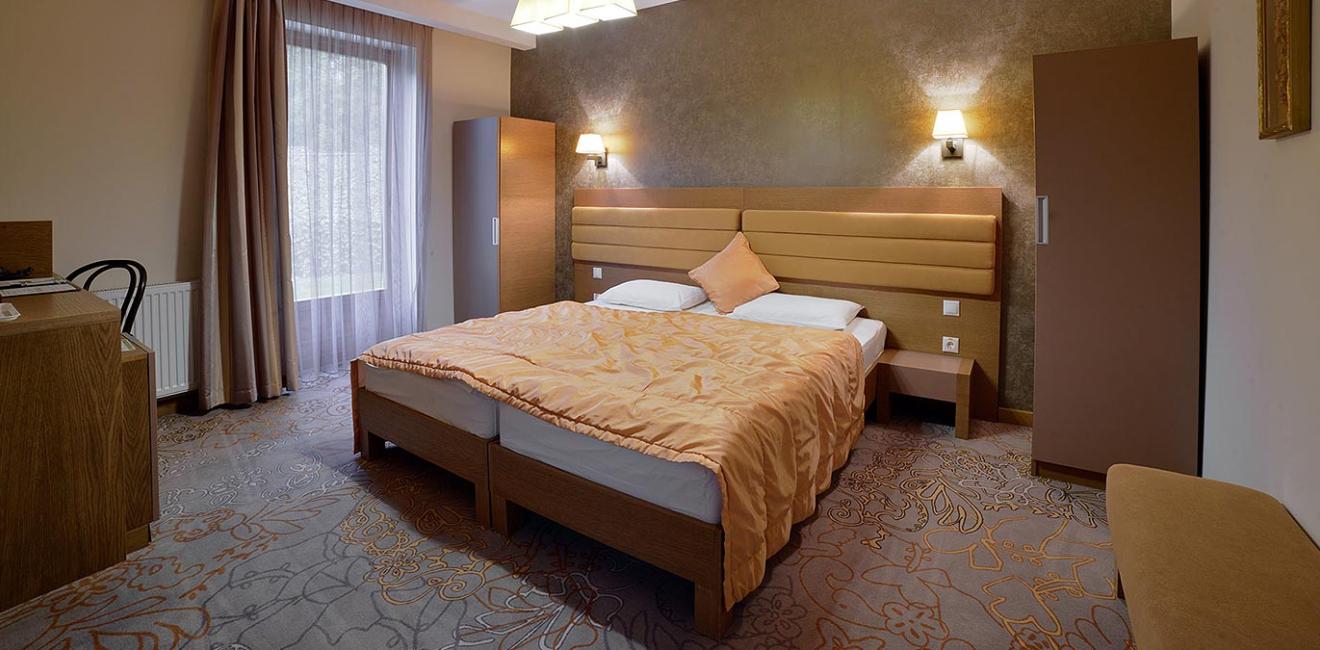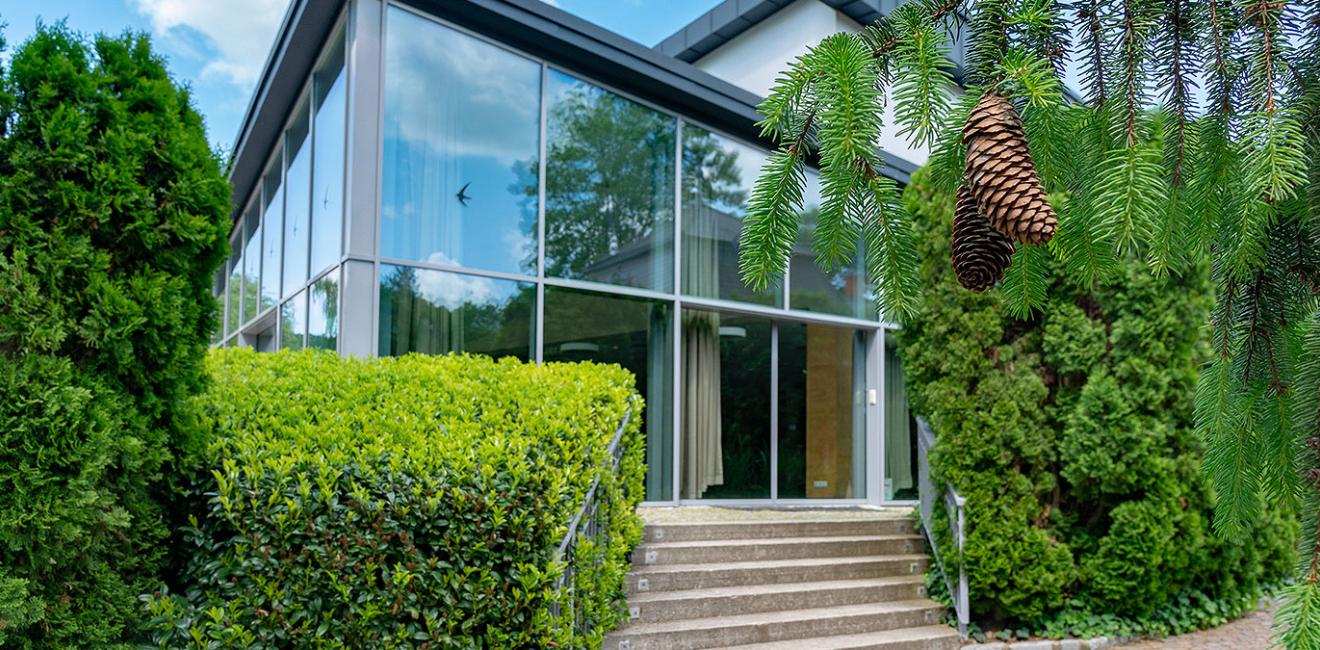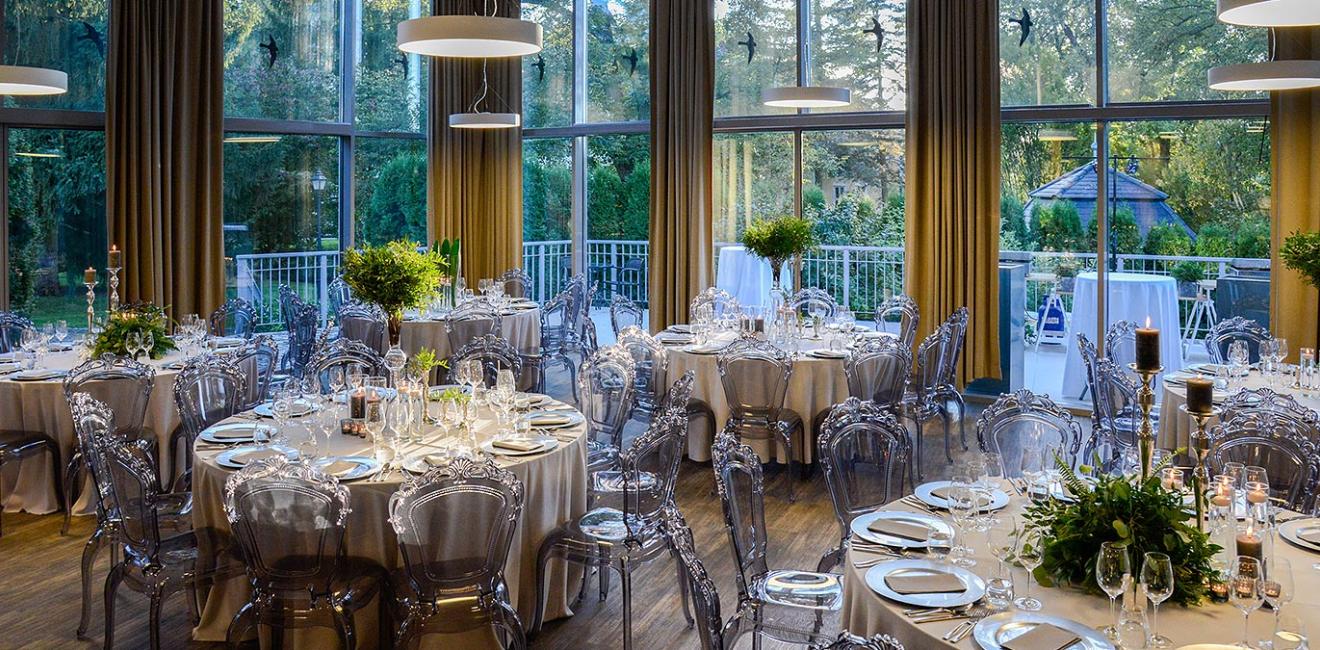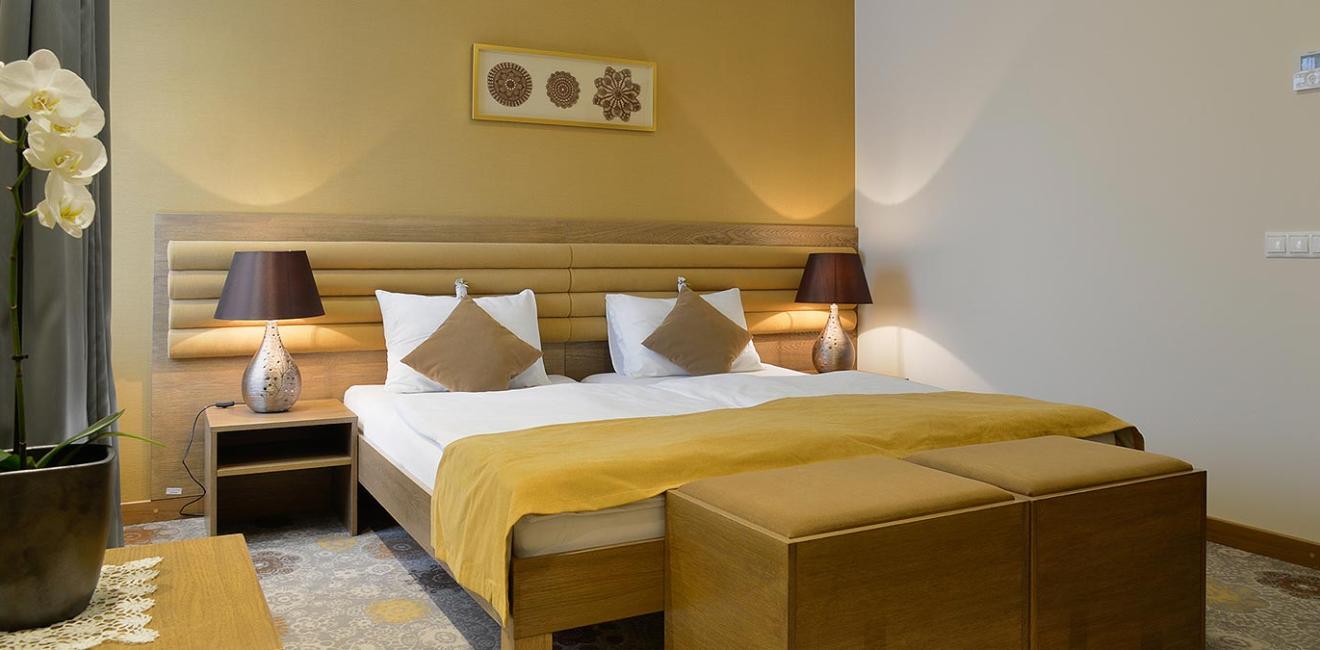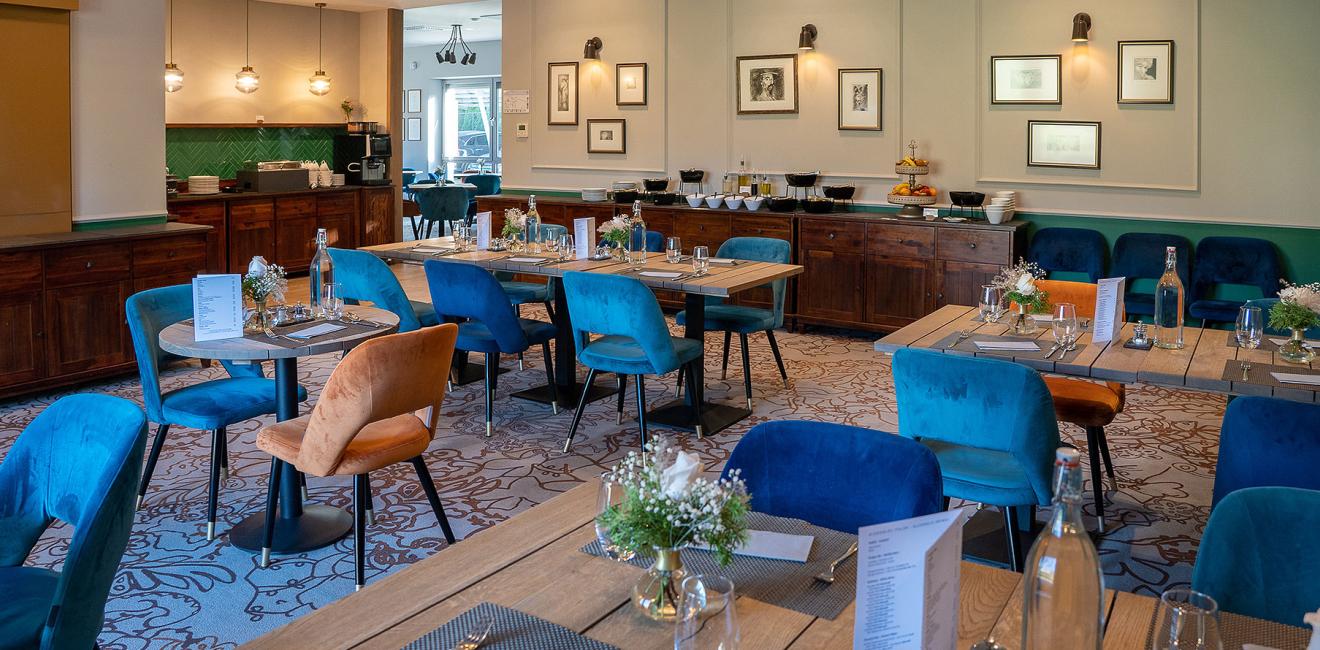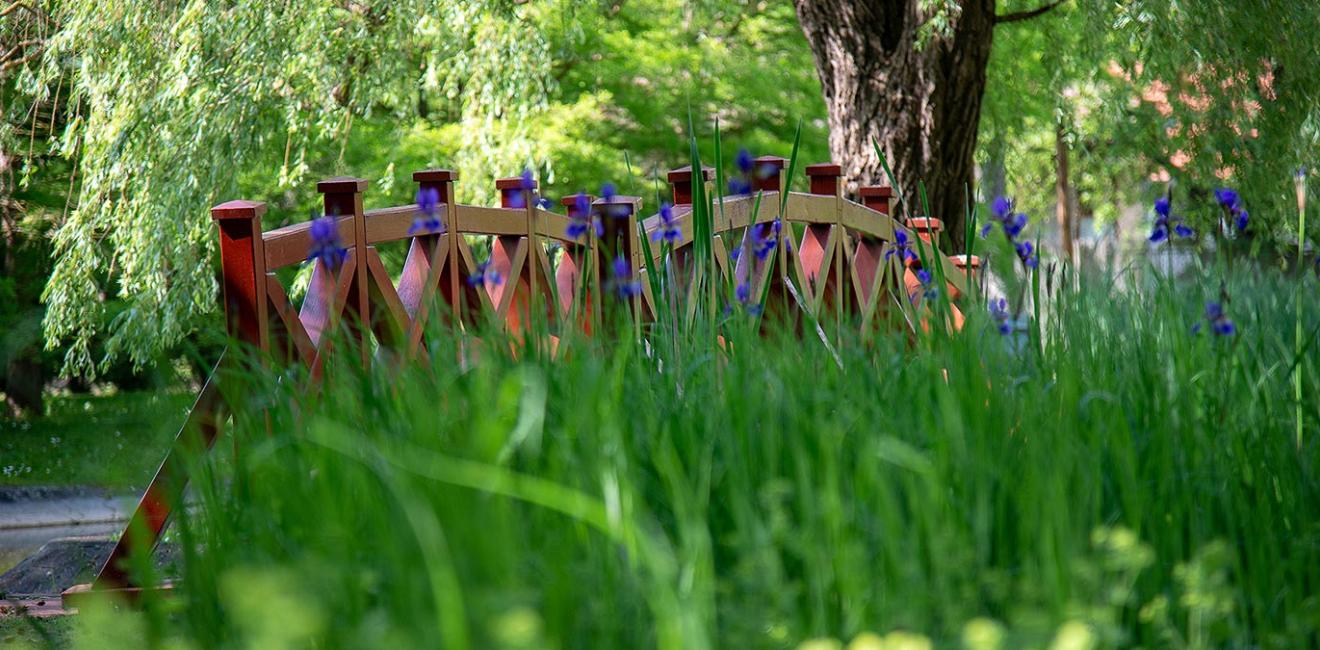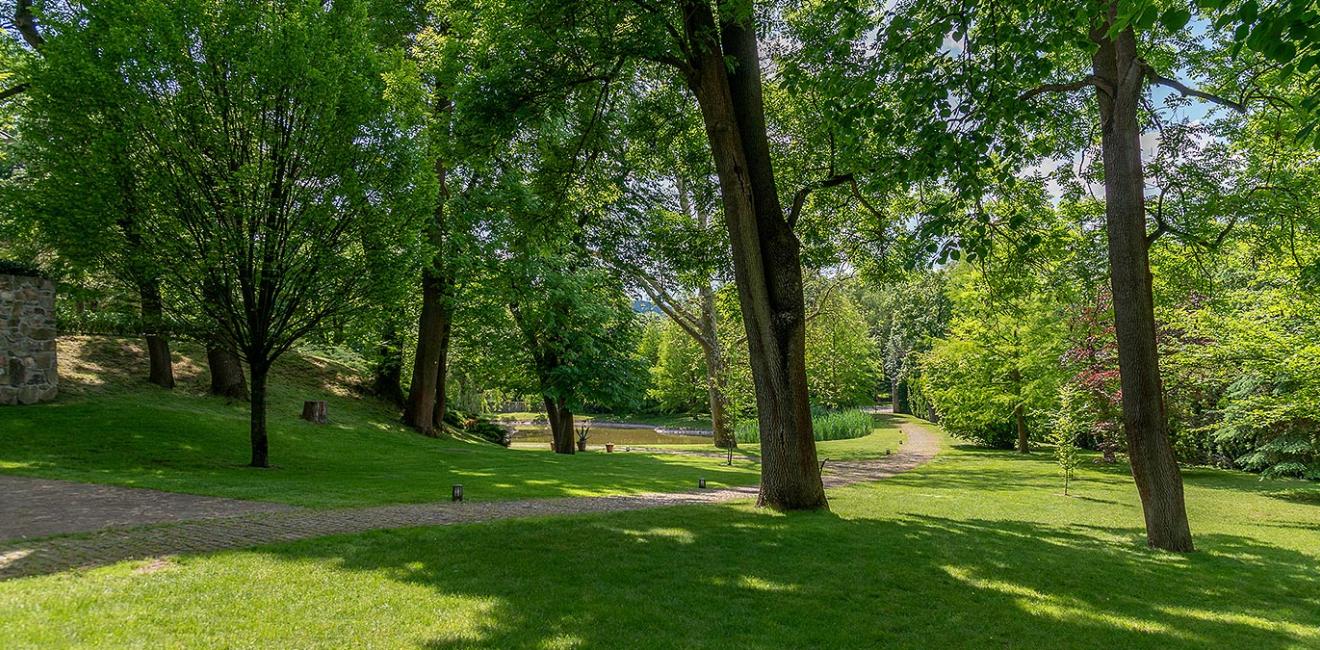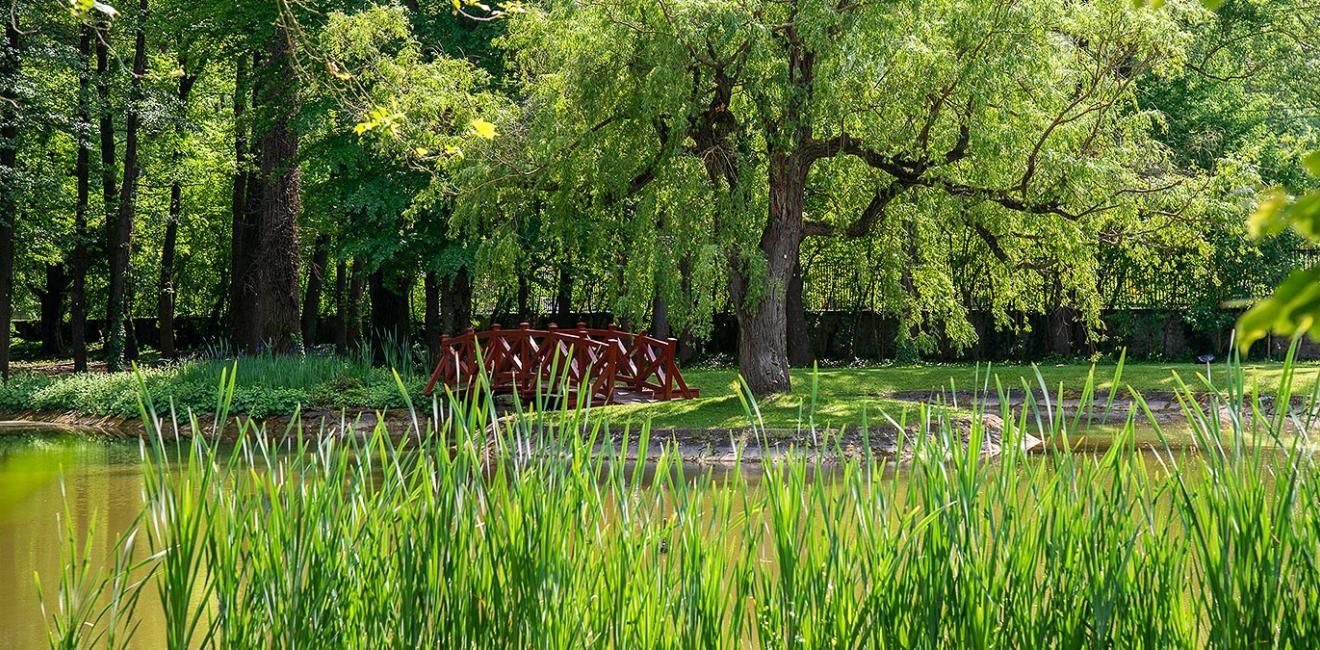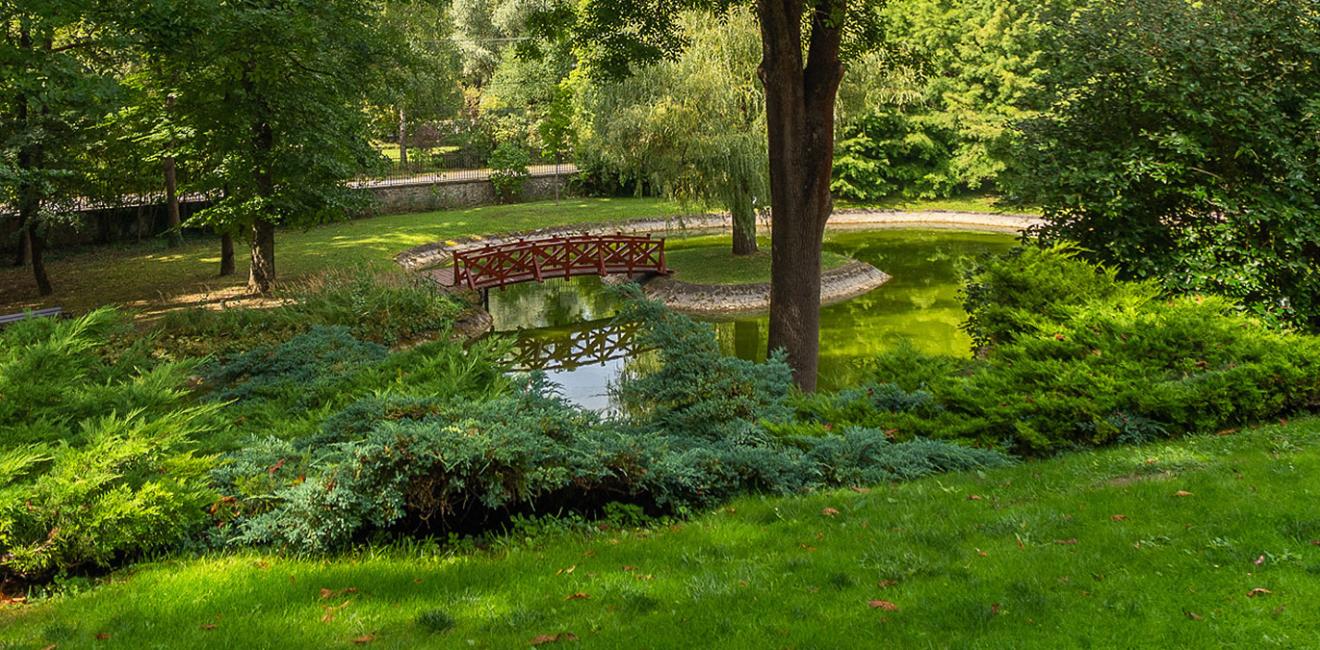
Heritage
The castle complex was built in 1750 by the Gyurcsányi family from the Trencsény county, and after the family died out, it became the property of the Prónay family at the end of the 19th century. The Prónay family and its various branches had also residences in other settlements, and they owned several historic castles in Nógrád. The family was one of the oldest owners of Túrócz county, its first known representative received Tót-Próna as a donation back in 1279. In the post-Turkish period, they acquired significant estates in Nógrád County and became an important noble family here, so for example Pál Prónay was the ambassador of Nógrád County between 1725 and 1741. From him comes the baronial branch of the family, who owned several places in the county. Many of the family members were officials of Nógrád county. In the next two centuries they held various administrational offices. They performed as one of the county's public prosecutors and chief clerks, board judges and serf judges, deputy clerks, and representatives of the parliament also emerged from the Prónay family. During the 20th century Mihály Prónay was the family member who stood out, because in 1906 he became the mayor of Nógrád county. His widow, Felícia Batthyány, was the last resident of the Small Castle before World War II.
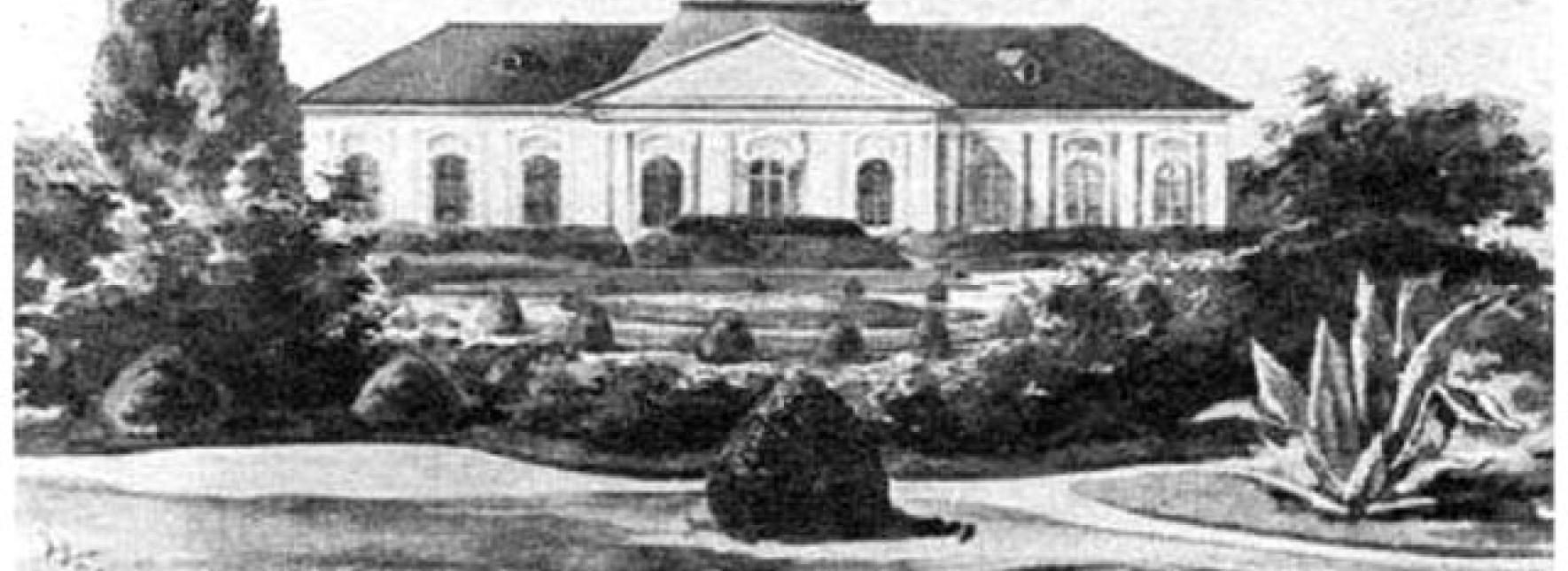
After the World War II, their original owners lost the castle complex and the buildings started to decay. It was not used as a representative residence for decades, its former furnishings destroyed or scattered. Some of the castle's buildings were given various functions: they were emergency housing, workshops, schools, medical clinics, industrial plants, offices, warehouses, miners' clubs, and many other functions, which led to the general deterioration of the buildings and architecturally unsuitable transformations.
The new owner aimed at giving the castle a modern form of use in line with its original values, so that it can be visited even after the complete restoration and renovation. This work was preceded by detailed scientific (archival, historical, art historical) research, and throughout the restoration, the planning and execution, as well as the design of the new buildings, were carried out with the involvement of heritage and monument specialists.
The owner of the castle received the Podmaniczky Award for the renewal of the built heritage.


